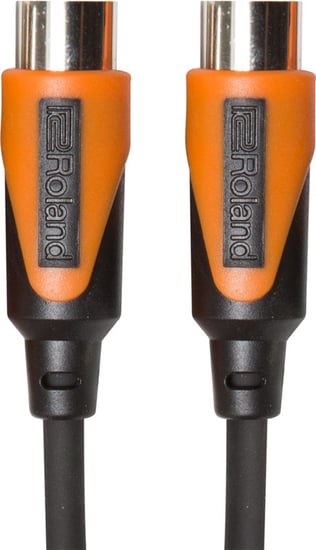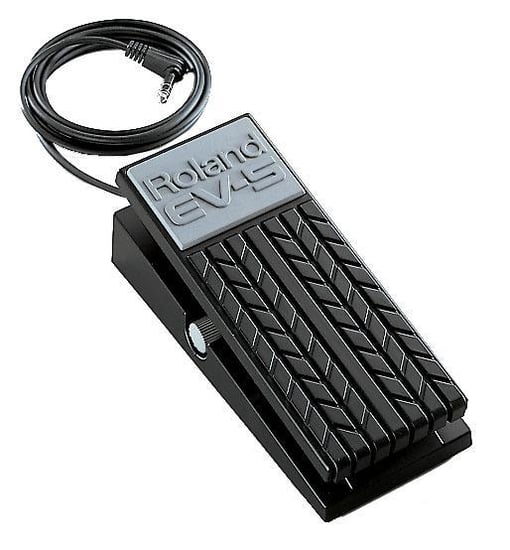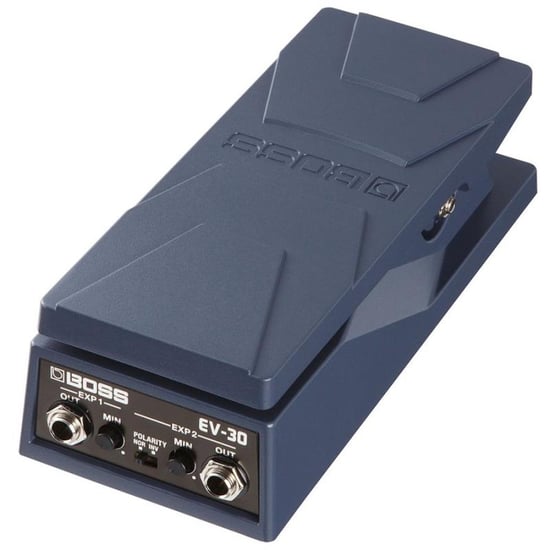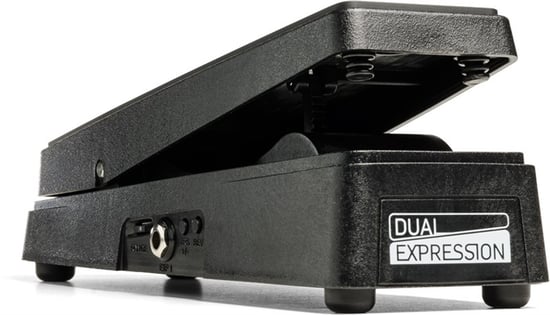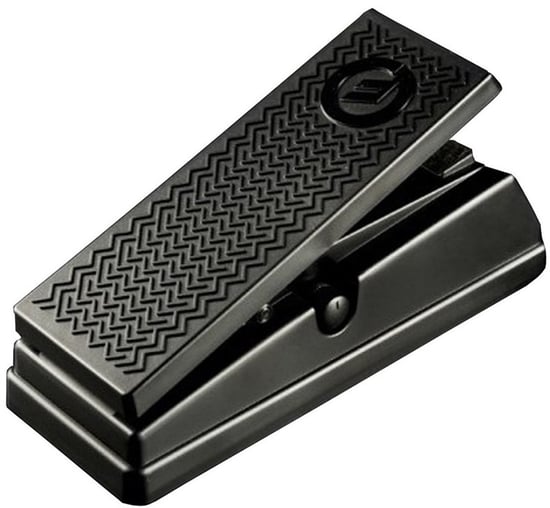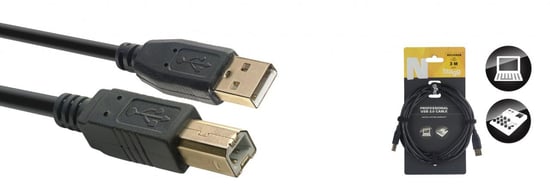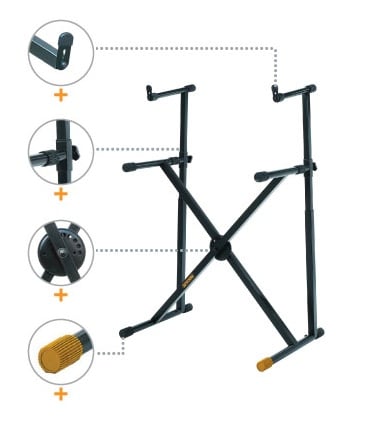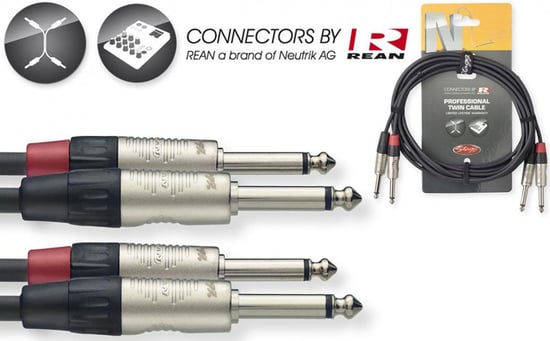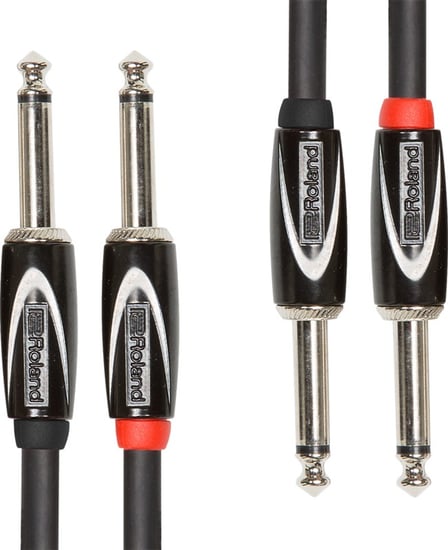Sequential OB-6 Synthesizer Module Overview
The Desktop version of Sequential’s OB-6 condenses the unmistakably rich sound & tactile interface into a highly portable & compact package. All the features, including the extensive connectivity and studio-quality effects, are here!
Compact Design
The OB-6 Desktop is as tactile and immediate as the Keyboard version, with the same easy workflow and array of hands-on controls. Internally the OB-6 Desktop is identical to the Keyboard version, packing that warm, encompassing sound into a module that you can fit into a backpack. Plus, all the connectivity options are here (including the full MIDI I/O and USB MIDI) so integrating the OB-6 Desktop into your existing setup couldn’t be easier.
The OB-6 Desktop’s size makes it an ideal companion to your favourite controller, whether that’s a fully-weighted 88 key behemoth or a miniature sequencer. If you like to forgo controllers altogether, this version of the OB-6 easily fits onto a desk and can be sequenced from your DAW.
If you need an all-in-one solution that’s ready for the stage, you may prefer the OB-6 Keyboard, which boasts a slick Fatar keybed with velocity-sensitivity and aftertouch.
Poly Chain
Whilst the OB-6 Desktop works brilliantly as a standalone instrument, it’s even better when used in tandem with the Keyboard version. When put together, you can layer two different patches or use the Poly Chain feature to double the polyphony. Poly Chain is perfect for when you want to pull off ethereal, evolving pads with long releases and thick two-handed chords.
The OB-6 Desktop is a fantastic solution if you want to integrate it into an existing module-based rig, have a controller keyboard that you prefer to use or need to conserve space in your studio. Plus, if you already own an OB-6 and require additional voices, the Desktop version is a neat way to extend its polyphony via the Poly Chain feature.
<<Click here to learn more about the OB-6’s features!>>
- Two discrete VCOs per voice
- Continuously variable wave shape (sawtooth and variable-width pulse, plus triangle on oscillator 2) per oscillator
- Pulse width per oscillator
- Hard sync: oscillator 1 syncs to oscillator 2
- Square wave sub-octave generator (oscillator 1) per voice
- Low frequency mode (oscillator 2)
- Keyboard tracking on/off (oscillator 2)
- Oscillator detune amount for increased tuning instability, from subtle to extreme
- Oscillator 1 amount
- Oscillator 1 sub-octave amount
- Oscillator 2 amount
- White noise amount
- Two-pole, resonant, filter per voice with low-pass, high-pass, band-pass, and notch functionality inspired by the original Oberheim SEM filter
- Bi-polar filter envelope amount
- Velocity modulation of envelope amount
- Keyboard tracking: off, half, full
- Four-stage (ADSR) envelope generator
- Velocity modulation of envelope amount
- Four-stage (ADSR) envelope generator
- Velocity modulation of envelope amount
- Five wave shapes: sine, sawtooth, reverse sawtooth, square, and random (sample and hold)
- Clock sync (internal or external MIDI clock)
- Initial amount
- Mod destinations: oscillator 1 frequency, oscillator 2 frequency, oscillator 1 and 2 pulse width, filter cutoff, filter mode, amp
- Sources: filter envelope (bi-polar) and oscillator 2 (bi-polar)
- Destinations: oscillator 1 frequency, oscillator 1 shape, oscillator 1 pulse width, filter cutoff, filter mode, normal to bandpass filter
- Source: channel (mono) aftertouch with bi-polar amount
- Destinations: oscillator 1 frequency, oscillator 2 frequency, LFO amount, amplifier envelope amount, filter envelope amount, filter mode
- Master clock with tap tempo
- BPM control and display
- MIDI clock sync
- Selectable note value: 16th note, 8th note triplet, 8th note, dotted 8th note, quarter note
- One, two, or three octave range
- Up, down, up/down, random, and assign modes
- Polyphonic step sequencer with up to 64 steps and rests
- Stereo analog distortion
- Dual, 24-bit, 48 kHz digital effects, including: reverb (room, hall, plate, spring), delay (full bandwidth digital delay and emulated bucket brigade), chorus, flanger, phase shifters, and ring modulator
- Delay sync
- True bypass maintains fully analog signal path when digital effects are off
- Full-sized, semi-weighted, 4-octave keyboard with velocity and aftertouch
- Backlit pitch and mod wheels
- Spring-loaded pitch wheel with selectable range per program (1 to 12 semitones up and down)
- Transpose controls for an 8-octave range
- Hold switch latches held notes on
- Polyphonic portamento
- Unison (monophonic) mode with configurable voice count, from one to all six voices, chord memory, and key modes
- Manual switch: when on, the front panel is live; what you see is what you hear
- 500 user and 500 factory programs in 10 banks of 100 programs each
- Direct program access, including single-button access to the current set of 10 programs
- Left/mono and right audio outputs (2 x 1/4” phone jack)
- Headphone output (stereo, 1/4” phone jack)
- MIDI in, out, and thru ports
- USB for bidirectional MIDI communication
- Filter cutoff expression pedal input
- Volume expression pedal input
- Sustain footswitch input
- Sequencer start/stop footswitch input
- IEC AC power inlet for internal power supply
- Operates worldwide on voltages between 100 and 240 volts at 50 to 60 Hz; 30 watts maximum power consumption
- 20.75” L x 7.8” W x 4.4″ H (52.0 cm x 19.8 cm x 11.2 cm)
- 13.0 lbs (5.9 kg)
- Walnut end panels












